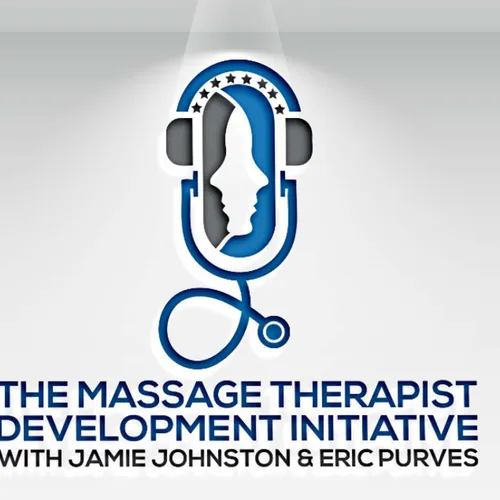
The Massage Therapist Development Initiative
The Massage Therapist Development Initiative is a platform for Massage Therapists and other Manual Therapists to learn more about research and becoming a more evidence-based practitioner. This is an opportunity to not only create a positive change in our profession but also for other therapists to create better outcomes in their practice and with their patients.
- Update frequency
- every 18 days
- Average duration
- 49 minutes
- Episodes
- 29
- Years Active
- 2021 - 2023

Episode #9: The Overuse of MRI in MSK Care
This week we look at a paper discussing the overuse of MRI in MSK care.
This paper really highlights the importance of how medical imaging is overused and its compounding effects as a result.
Check o…

Episode #8 Modality Empires & CEC's
This week we look at the contributions to the manual therapy professions from one of our hero's, Louis Gifford.
Louis was probably one of the founding fathers of pain science and has shared his knowl…

Episode #7 Trigger Points With Paul Ingraham
This week we have our second guest on the podcast the one and only Paul Ingraham.
Paul Ingraham is a Vancouver science journalist and publishing entrepreneur and a former Registered Massage Therapist…

Episode #6 Helping Runners With Matt Phillips
This week we have our first guest on the podcast the one and only Matt Phillips.
Matt has extensive experience helping runners with injuries, so we delve into his knowledge on how to help runners whe…

Episode #5 What Clinicians Say
This week we look at another paper by Darlow et al on the impact of what clinicians say. .
Forgive us, we say it's episode #3 but then we recorded a couple of other ones and published them first, it'…

Episode #4: The Louis Gifford Episode
This week we look at the contributions to the manual therapy professions from one of our hero's, Louis Gifford.
Louis was probably one of the founding fathers of pain science and has shared his knowl…

Episode #3: Unravelling The Mechanisms Of Manual Therapy
This week we look at a paper from Bialosky et al on the mechanisms of manual therapy.
This is an important topic so we can give our patients a simpler and better understanding of what we are doing to…

Episode #2: Psoas, Pso What!?
In this episode we take a look at the research and how we can change the narrative around the Psoas muscle.
Is it the "Muscle Of The Soul"? or just a good stabilizer.
Check out our websites:
www.them…

Client, Community, and Clinician
Jamie Johnston RMT & Eric Purves RMT break down two research papers from Darlow et al on how patients beliefs, the community around them, and the clinician can affect pain.